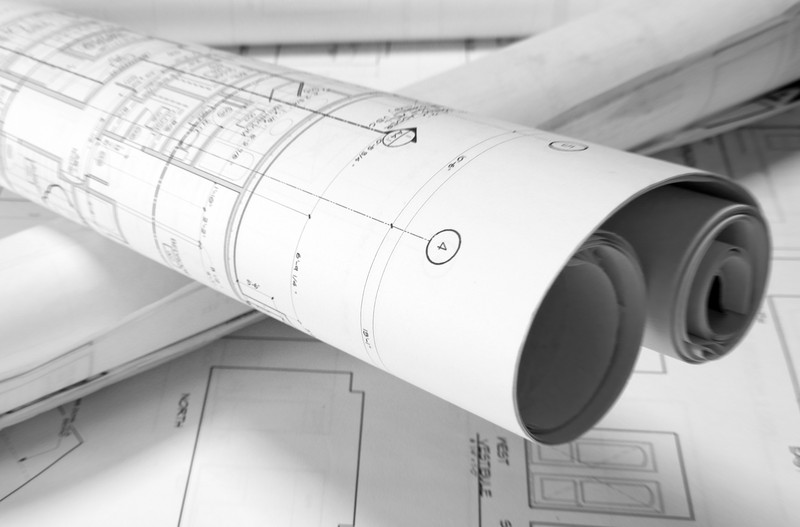Important things to consider before adding a story to your home
Adding another story to your home can help you maximize your property without sacrificing your yard space. You can even dedicate one floor to living space while all of your bedrooms are on a separate floor for added privacy. By building up instead of out, you can also enjoy more spacious living conditions without having to worry too much about the amount of space you’re taking up. Of course, as with any building project, there are several points that must be considered before you begin.
Weight
While your home might be able to support its current roofing system, adding another level means adding weight to the entire lower structure. A qualified professional needs to assess the state of your home in order to determine whether or not you can indeed add another level without compromising the structural integrity of your entire home. In some cases reinforcing the existing walls and foundation will suffice but this means that your total investment and building costs will be that much higher. In such cases, many property owners choose to build out rather than up.
Utilities
Your upper level will need to be supplied with electricity, water, and heat. This means that electrical lines, water pipes, and your HVAC system will need to extend to the new part of your home. When expanding any of them, you need to ensure that it is done in a safe way and that the alterations are approved before you proceed. Some HVAC systems might need to be upgraded if they are unable to cope with the needs of the extra level.
Stairs
When adding a level, you will need to add stairs. Stairs come in various shapes, and the steps can be just about any size. If you have stairs leading down to your basement, you might be able to build another staircase up above it to limit your loss of floorspace. If not, you need to look for the perfect spot that will ensure ease of access without restricting the natural flow of the room. Remember, while a spiral staircase might sound great for now, climbing up and down several times a day can prove exhausting. Sometimes it’s better to sacrifice some space in order to enjoy greater comfort. Don’t forget to consider where the stairs will end upstairs. You wouldn’t want them to come out in the upstairs bathroom or in the middle of a bedroom! Plan your stairs and then plan the rest of the upper-level layout accordingly. If need be, adjust the position of your stairs.
Chimney
If you have one or more chimney, you will need to decide if you want to keep it or not. If you keep your chimney, you will need to extend it upwards so that it has a clear exit out the roof. Alternatively, if you no longer have any use for your chimney, you can seal it up at the top while still using it as an easy and convenient location to run your water or electric lines from the lower level to the upper level.
Windows and doors
Plan all of your windows and doors before you begin. You might want them to match the rest of the windows and doors in your home, or you may prefer a different look. Take note of the condition of the other windows and doors in your home. If they are damaged, old, or otherwise not energy efficient, you may want to replace all of your windows at the same time.
Exterior and insulation
The right insulation will ensure that your home is snug and warm in the winter and cool and comfortable in the summer. Never neglect the aspect of insulation in your walls and your new roof. It will make all the difference when it comes to your energy bills. Similarly, make sure that your new level is properly protected against the elements by choosing the right siding or exterior finish. Like your windows and doors, you can choose the same exterior finish for your entire home, or you can use a different finish for the upper level.
Roof
Be prepared for your roof to be removed! There’s no way that you can possibly build another level without removing the existing roof. When doing so, a professional contractor should have the proper tools and equipment to ensure your home is protected in the event of rain.
Cost
With all of the changes involved, it’s important to determine the overall costs. Always allow some room for error since you never know what additional changes or repairs will prove necessary as soon as you begin work.
Temporary relocation
Finally, don’t be surprised if you need to leave your home for the duration of the work. Living in such conditions is not only unpleasant but also unhealthy and unsafe. It’s best to stay elsewhere for a period of time and check in regularly to make sure that everything is going according to plan.
Remember, it’s important to have a professional draft the plans in order to ensure that you have a clear idea of what to expect. These plans can then be used to help you obtain the necessary building permits. Contact Acadia Drafting at (647) 478-9292 for all your drafting and CAD needs.


